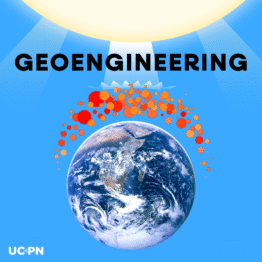Illinois has been at the forefront of the data center boom, but state lawmakers are working to gauge and mitigate the impact these centers have on climate and energy consumption.
In the last two decades, data centers have multiplied due to increased demand for cloud computing, information storage and data processing. However, data centers now also serve AI and cryptocurrency mining, which puts new digital coins into circulation and enters transactions on the blockchain.
Powering these data centers is costly, consuming large amounts of water and energy. The growth of this business has prompted concerns about the impact on the environment and the electricity grid, including rising costs for rate-paying consumers.
State Sen. Steve Stadelman, D-Rockford, chair of the Senate Committee on Energy and Public Utilities, has filed legislation that aims to gather data on the industry to determine the impact on energy and water usage and prevent them from putting too much strain on Illinois’ power grids.
“As data centers continue to multiply, they are putting an incredible strain on the grid,” he said. “And this legislation is trying to ensure that residents are not bearing the rise of this energy cost caused by the booming of this industry.”
…
As in many other municipalities, local leaders and residents are weighing the economic benefits of the project — including new jobs and tax revenue — against possible environmental tradeoffs. But absent state action like the data collection called for in Stadelman’s bill, those environmental factors are currently difficult to quantify.
Andrew Chien, director and founder of the Center for Unstoppable Computing at the University of Chicago, believes that in the meantime, “planning is always important.”
“In Virginia, for example, they are building fossil fuel generators alongside renewables because they did not have an adequate plan to support the demand of power data centers required through renewable energy,” said Chien, a professor at the University.
But he pointed out that Illinois has a different mix of energy sources than Virginia, owing to the state’s 11 reactors at six nuclear plants — the most of any state — “and ample wind and solar resources.”
“I think the right way to deal with this is to build capacity with those clean energy resources to be prepared for the growth in data centers,” Chien said. “If we are prepared, we would not only attract jobs and investments. We would also do so in a way that does not increase carbon emissions.”























